AI ChatBot for WordPress with OpenAI 15.2.1
- Updated
- Secure Payment
- Secure Payment
AI ChatBot for WordPress with OpenAI: the native chatbot that converts
When we installed AI ChatBot for WordPress with OpenAI, the first thing we looked for was speed to production and measurable results. In our case, the first and only native Plug n’ Play ChatBot for WordPress allowed us to activate an assistant in minutes, without touching code or depending on third parties. This is a perfect fit if you need 24/7 support, consistent responses, and a direct lead capture flow from your site. With AI ChatBot for WordPress with OpenAI, the conversation happens right there in your WordPress site, without friction or jumps to other platforms: the user asks, the bot answers, and you convert.
Beyond the promise, the practical difference lies on three fronts: engagement, automation, and conversions. First, engagement increases because the bot is conversational; in our experience, customer satisfaction improves when users receive natural and accurate answers, even outside of business hours. Second, automation: AI ChatBot for WordPress with OpenAI can search your own site (posts, pages, FAQs) and respond with context; it also collects emails, comments, and phone numbers to feed your CRM. Third, conversions: by integrating conversational forms and contextual CTAs, each response can lead to a lead, a booking, or a sale.
We also like that the proposal is truly native to WordPress. From the backend, we can create bot responses, design forms, and orchestrate messages without complex additional plugins. And if your stack requires it, AI ChatBot for WordPress with OpenAI converses with OpenAI or Dialogflow (with rich cards), so you can set up rich flows without reinventing the wheel. In short: if you’re looking for quick impact and complete control, this is the shortest path from visitor to conversion.
Immediate benefits: engagement, 24/7 responses, and fewer tickets
-
Natural and consistent responses powered by OpenAI.
-
Reduction of repetitive tickets: the bot handles frequent issues and leaves critical issues to humans.
-
Useful conversations that end in action (lead, purchase, or qualified inquiry).
How it works on your site: from zero to results in minutes
Code-free setup from the WordPress backend. After installing the plugin, the wizard is available as a floating or embedded widget. The dashboard allows us to connect AI ChatBot for WordPress with OpenAI with your OpenAI key, define the tone, adjust token limits, and choose knowledge sources (pages, posts, documentation). In our practice, enabling plug-and-play mode was enough to get consistent responses right away and then customize prompts for our branding language.
Internal search and intelligent FAQs. AI ChatBot for WordPress with OpenAI indexes your content and can prioritize responses based on key sections (pricing, shipping, returns, warranties, services). When we tested this approach, common questions were resolved instantly, leaving human agents focused on high-value cases.
Conversational forms. Instead of static forms, the question-answer flow guides the user. We set up fields like name, email, and phone number directly from the backend, and the bot requests them at the appropriate time, without interrupting the flow of the conversation. This micro-interaction increased the completion rate compared to a traditional eight-field form.
Integrated messaging. If your audience uses WhatsApp, Messenger, or Telegram, you can send and receive messages from the bot, or sync quick replies for campaigns. In our experience, enabling rich messaging and cards with Dialogflow significantly increased the click-through rate on offers and guides.
Recommended KPIs
-
Conversation rate (users interacting with the widget).
-
Leads generated per conversation (valid emails/phone numbers).
-
CSAT/NPS after interaction with the bot.
-
% ticket deflection (what the bot resolved without an agent).
What we achieved in conversions and support with AI ChatBot for WordPress with OpenAI
When we implemented AI ChatBot for WordPress with OpenAI, we focused on two goals: more leads and better support. With a simple playbook—prioritized FAQs, conversational forms, and copy-aligned bot responses—we went from an informational widget to a discrete conversion engine. The plug-and-play nature helped: no complex integrations needed, and message personalization was immediate.
From our experience, these tactics make a difference:
-
Bot responses from the backend : We write short guides for typical objections (price, timing, trust) and connect them to CTAs.
-
Contextual offers : If the user has shown interest in a service, the bot responds with a rich card (Dialogflow) and a “Learn more” button, which opens a short form.
-
Onsite retargeting : When a visitor returns, the AI ChatBot for WordPress with OpenAI triggers a personalized greeting and offers direct help (“Should we schedule a demo?”).
-
Smart Escalation : When intent exceeds a threshold (words like “hire,” “billing,” “company”), the bot captures data and transfers it to a human with context.
We also integrated email capture, feedback, and phone calls to nurture email marketing and remarketing. After a few weeks, 24/7 support smoothed out peak inquiries, and the team focused on closings and key accounts. The result is a cleaner, less frictionless funnel.
Key integrations: OpenAI, Dialogflow, WhatsApp, Messenger, Telegram
The value of the AI ChatBot for WordPress with OpenAI is multiplied with integrations. OpenAI provides natural conversation and advanced understanding; Dialogflow adds rich cards (images, buttons, suggested tokens) ideal for catalogs and guided menus. In our implementation, we combine both approaches: OpenAI for open-ended questions and Dialogflow for structured flows (scheduling, warranties, product selection).
The messaging layer makes it easier to reach your audience where they already engage:
-
WhatsApp : opportunity tracking and reminders.
-
Messenger and Telegram : content sharing, tutorials, and light support.
-
Webhooks and Zapier/HubSpot : Each lead from the AI ChatBot for WordPress with OpenAI jumps to the CRM with tags and campaign source.
We suggest defining an Intent Catalog (sales, support, shipping, ROI) and mapping each intent to an objective: respond, qualify, capture data, or escalate. This transforms the bot from a “friendly chat” into a sales assistant.
install AI ChatBot for WordPress with OpenAI today
If you want to turn visits into leads, install AI ChatBot for WordPress with OpenAI and turn it into your website’s sales assistant. Set it up in minutes, connect your content, activate conversational forms, and put AI to work 24/7 to achieve your goals.
Conclusion
AI ChatBot for WordPress with OpenAI is the most direct path to boost engagement, improve support, and increase frictionless conversions. It’s native to WordPress, plug-n-play, converses fluently, searches your site, and captures data naturally. With integrations with OpenAI, Dialogflow, and messaging, it doesn’t just respond: it guides, qualifies, and closes the next step. If your goal is to sell more and provide a seamless experience, now’s the time to activate it.
$49.00 Original price was: $49.00.$4.99Current price is: $4.99.
- Lifetime Updates And Support
- Unlimited Website Usage
- This item is licensed 100% GPL
- Money-back Guarantee
Get in Subscription – Unlimited Downloads for $14.99/mo
- 5000+ Items
- Unlimited Usage
- Support
Frequently asked question
How many sites can I use the products on?
You can use any product from our store on any website you want.
Will I get updates?
Of course. If you buy an individual product, you’ll get lifetime updates for that purchase.
On the other hand, if you purchase a membership, you will receive updates until your membership expires.
Are the products authentic?
Yes, each product is original. The difference with the author is that we distribute under the GNU GPL v2/3 regulations/license, so we don’t provide additional services from the author, such as customizations, etc. We also don’t provide license keys, and in the case of products that require one to work, we pre-activate them so they don’t require anything and you can use them seamlessly on any website you want.
Do you provide technical support?
Yes, and regarding time, it is usually on average within 24 to 48 business hours.
Now, there are times when, in less than a day, we have already provided an answer and a solution, depending on the case.
Are there download limits?
No. We don’t believe in that format, so you can download as many times as you want. No problem. We pay for high-quality professional storage just to avoid any issues.
Do you provide license keys?
No. It’s not feasible, since we’ve already experienced keys flying everywhere, and we could lose the corresponding accounts.
That said, while all products are original, in the case of products that require a license key to operate, we will take care of pre-activating them.
Refund if product unusable?
We’re here to make sure you’re 100% satisfied with your experience. Our Customer Support Team will do everything possible to ensure you’re comfortable with placing an order and happy with the products you download. But we also know sometimes things happen.
Due to the nature of digital media means that once you have downloaded a plugin or theme there’s really no way to ‘return’ it. No refunds will be given except in the case when the digital product is completely unusable.
If the digital product is unusable, we need time to try to fix it. Otherwise, we will make a refund.
Our support team is available 24/7, if you have any question or need help in installing or configuring digital products purchased on the website, please don’t hesitate to CONTACT US.
Please note that we are not developers of the provided products, so our technical support capabilities are limited.
We do not change product functionality and do not fix developer bugs.
In case you are accepted to get refund, payment refunds are processed within 5-7 business days. All refunds are issued to the original payments. It may take up to 5 days for your refund to be reflected in your PayPal account or bank statement. If you paid using a credit or debit card, the money will be refunded to your card. Depending on your card issuer, it can take up to 30 days for the refund to appear on your card statement.
IMPORTANT! Please CONTACT US first so we can handle your issues. If you arbitrarily open a dispute without contacting us first, your account may be suspended immediately without notice.
AI ChatBot for WordPress with OpenAI: the native chatbot that converts
When we installed AI ChatBot for WordPress with OpenAI, the first thing we looked for was speed to production and measurable results. In our case, the first and only native Plug n’ Play ChatBot for WordPress allowed us to activate an assistant in minutes, without touching code or depending on third parties. This is a perfect fit if you need 24/7 support, consistent responses, and a direct lead capture flow from your site. With AI ChatBot for WordPress with OpenAI, the conversation happens right there in your WordPress site, without friction or jumps to other platforms: the user asks, the bot answers, and you convert.
Beyond the promise, the practical difference lies on three fronts: engagement, automation, and conversions. First, engagement increases because the bot is conversational; in our experience, customer satisfaction improves when users receive natural and accurate answers, even outside of business hours. Second, automation: AI ChatBot for WordPress with OpenAI can search your own site (posts, pages, FAQs) and respond with context; it also collects emails, comments, and phone numbers to feed your CRM. Third, conversions: by integrating conversational forms and contextual CTAs, each response can lead to a lead, a booking, or a sale.
We also like that the proposal is truly native to WordPress. From the backend, we can create bot responses, design forms, and orchestrate messages without complex additional plugins. And if your stack requires it, AI ChatBot for WordPress with OpenAI converses with OpenAI or Dialogflow (with rich cards), so you can set up rich flows without reinventing the wheel. In short: if you’re looking for quick impact and complete control, this is the shortest path from visitor to conversion.
Immediate benefits: engagement, 24/7 responses, and fewer tickets
-
Natural and consistent responses powered by OpenAI.
-
Reduction of repetitive tickets: the bot handles frequent issues and leaves critical issues to humans.
-
Useful conversations that end in action (lead, purchase, or qualified inquiry).
How it works on your site: from zero to results in minutes
Code-free setup from the WordPress backend. After installing the plugin, the wizard is available as a floating or embedded widget. The dashboard allows us to connect AI ChatBot for WordPress with OpenAI with your OpenAI key, define the tone, adjust token limits, and choose knowledge sources (pages, posts, documentation). In our practice, enabling plug-and-play mode was enough to get consistent responses right away and then customize prompts for our branding language.
Internal search and intelligent FAQs. AI ChatBot for WordPress with OpenAI indexes your content and can prioritize responses based on key sections (pricing, shipping, returns, warranties, services). When we tested this approach, common questions were resolved instantly, leaving human agents focused on high-value cases.
Conversational forms. Instead of static forms, the question-answer flow guides the user. We set up fields like name, email, and phone number directly from the backend, and the bot requests them at the appropriate time, without interrupting the flow of the conversation. This micro-interaction increased the completion rate compared to a traditional eight-field form.
Integrated messaging. If your audience uses WhatsApp, Messenger, or Telegram, you can send and receive messages from the bot, or sync quick replies for campaigns. In our experience, enabling rich messaging and cards with Dialogflow significantly increased the click-through rate on offers and guides.
Recommended KPIs
-
Conversation rate (users interacting with the widget).
-
Leads generated per conversation (valid emails/phone numbers).
-
CSAT/NPS after interaction with the bot.
-
% ticket deflection (what the bot resolved without an agent).
What we achieved in conversions and support with AI ChatBot for WordPress with OpenAI
When we implemented AI ChatBot for WordPress with OpenAI, we focused on two goals: more leads and better support. With a simple playbook—prioritized FAQs, conversational forms, and copy-aligned bot responses—we went from an informational widget to a discrete conversion engine. The plug-and-play nature helped: no complex integrations needed, and message personalization was immediate.
From our experience, these tactics make a difference:
-
Bot responses from the backend : We write short guides for typical objections (price, timing, trust) and connect them to CTAs.
-
Contextual offers : If the user has shown interest in a service, the bot responds with a rich card (Dialogflow) and a “Learn more” button, which opens a short form.
-
Onsite retargeting : When a visitor returns, the AI ChatBot for WordPress with OpenAI triggers a personalized greeting and offers direct help (“Should we schedule a demo?”).
-
Smart Escalation : When intent exceeds a threshold (words like “hire,” “billing,” “company”), the bot captures data and transfers it to a human with context.
We also integrated email capture, feedback, and phone calls to nurture email marketing and remarketing. After a few weeks, 24/7 support smoothed out peak inquiries, and the team focused on closings and key accounts. The result is a cleaner, less frictionless funnel.
Key integrations: OpenAI, Dialogflow, WhatsApp, Messenger, Telegram
The value of the AI ChatBot for WordPress with OpenAI is multiplied with integrations. OpenAI provides natural conversation and advanced understanding; Dialogflow adds rich cards (images, buttons, suggested tokens) ideal for catalogs and guided menus. In our implementation, we combine both approaches: OpenAI for open-ended questions and Dialogflow for structured flows (scheduling, warranties, product selection).
The messaging layer makes it easier to reach your audience where they already engage:
-
WhatsApp : opportunity tracking and reminders.
-
Messenger and Telegram : content sharing, tutorials, and light support.
-
Webhooks and Zapier/HubSpot : Each lead from the AI ChatBot for WordPress with OpenAI jumps to the CRM with tags and campaign source.
We suggest defining an Intent Catalog (sales, support, shipping, ROI) and mapping each intent to an objective: respond, qualify, capture data, or escalate. This transforms the bot from a “friendly chat” into a sales assistant.
install AI ChatBot for WordPress with OpenAI today
If you want to turn visits into leads, install AI ChatBot for WordPress with OpenAI and turn it into your website’s sales assistant. Set it up in minutes, connect your content, activate conversational forms, and put AI to work 24/7 to achieve your goals.
Conclusion
AI ChatBot for WordPress with OpenAI is the most direct path to boost engagement, improve support, and increase frictionless conversions. It’s native to WordPress, plug-n-play, converses fluently, searches your site, and captures data naturally. With integrations with OpenAI, Dialogflow, and messaging, it doesn’t just respond: it guides, qualifies, and closes the next step. If your goal is to sell more and provide a seamless experience, now’s the time to activate it.
You must be logged in to post a review.

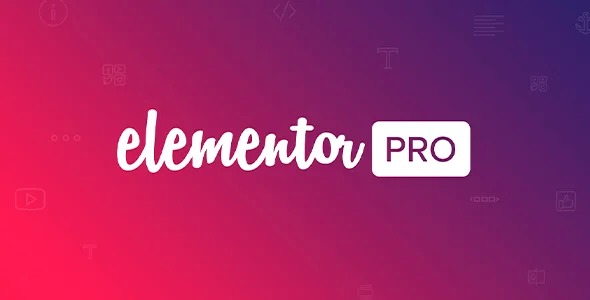
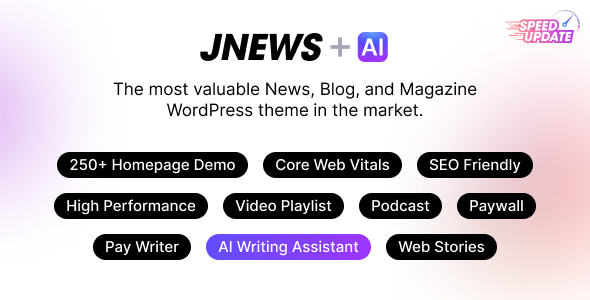
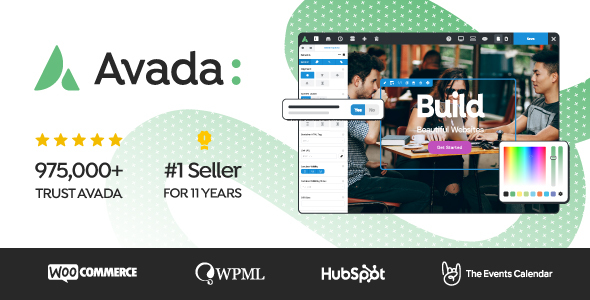
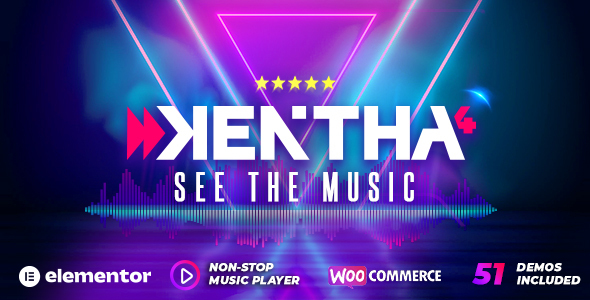




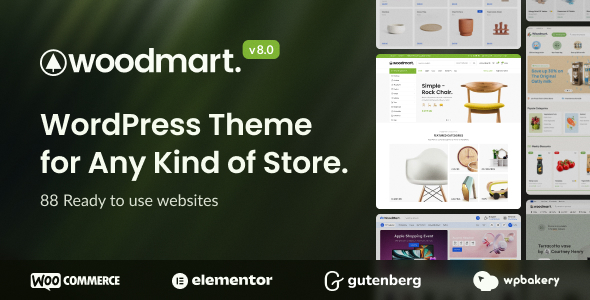

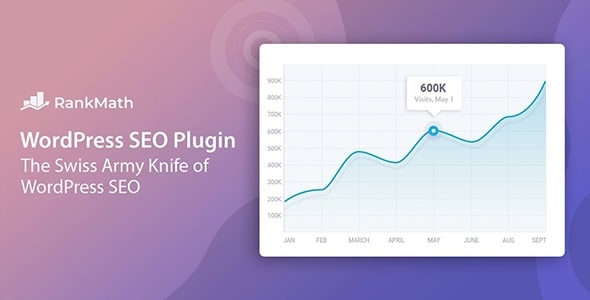



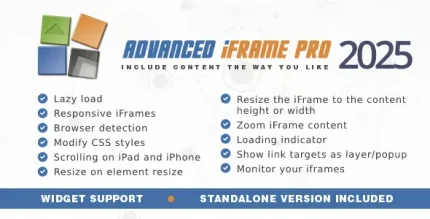

Reviews
There are no reviews yet.